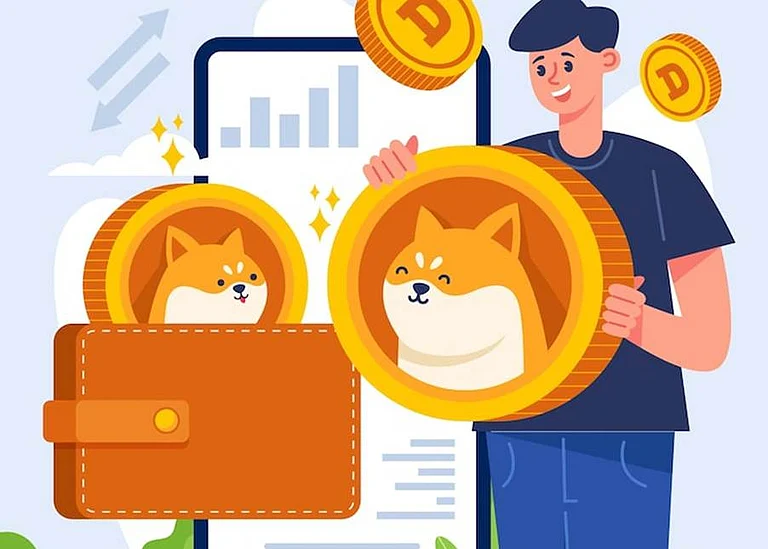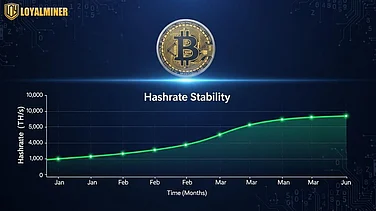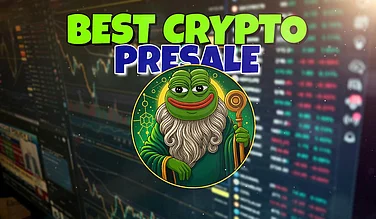In the high-speed world of cryptocurrencies, FOMO, or Fear of Missing Out, is far more than a buzzword. It's a strong psychological driver that may turn calm, stable markets into irrational, frenzy-driven rallies. Whether it's Bitcoin breaking new highs or altcoins surging overnight, FOMO pushes investors to act based on emotions rather than pure logic. This behavior often transforms a slow, steady market into a roller coaster of volatility, euphoria, and eventual correction.
In this article, we will look at how FOMO shapes market movements, why it hits harder in the case of altcoin cycles, and what investors can do to recognize and manage this. We'll take a closer look at the stages involved in a FOMO-driven rally and their implications on both short-term traders and long-term investors.
Understanding FOMO in Crypto Markets
FOMO stands for Fear of Missing Out: an anxiety state that investors go through in case others have profits as a result of some movement in the market, while they stay aside. In the crypto market, the feeling is heightened by quick surges in price, relentless news streaming, and social media hype.
When investors see tokens doubling in price in a matter of days, they quickly jump into the fray without doing due diligence for fear they will "miss the next big thing." As demand rapidly increases, so do prices, pulling in even more participants and further buying pressure as a self-reinforcing cycle.
The above-mentioned cycle is particularly evident in altcoin seasons, where smaller cryptocurrencies surge tremendously owing to speculation among investors and viral momentum.
The Psychology Behind FOMO-Driven Rallies
FOMO operates on the intersection of emotion and opportunity. Investors who witness others gaining profits start to feel:
Anxiety – “What if I’m missing out on huge gains?”
Envy – “Others are making money; I should too.”
Impatience – “I need to buy now before it’s too late.”
In crypto markets, where sentiment spreads in real time through Twitter, Telegram, and Reddit, this emotional contagion spreads fast. Suddenly, rational decision-making gives way to herd behavior, and the market shifts from calm to chaos.
Why FOMO Hits Altcoins Harder
While Bitcoin often sets the tone for market direction, altcoins—such as Ethereum, Solana, or newer meme coins—tend to experience more dramatic FOMO-driven surges. There are several reasons for this:
Factor | Bitcoin | Altcoins |
Market Size | Large more stable | Smaller more volatile |
Information Availability | Widely analyzed | Often driven by hype |
Investor Base | Institutional + retail | Mostly retail investors |
Price Elasticity | Slower to move | Easier to move with volume |
Hype Sensitivity | Moderate | Extremely high |
Because altcoins have smaller market caps and less liquidity, even a moderate wave of buying can send prices soaring. Once early investors post gains on social media, the FOMO chain reaction begins—drawing in more buyers and inflating prices further.
How Stable Markets Turn Frenzied
Let’s break down the transformation process of how a stable crypto market turns into a FOMO-fueled rally:
1. Trigger Event
A piece of news, a tweet from a major influencer, or a new project launch creates excitement. For example, a partnership announcement or a viral meme coin post can spark initial buying interest.
2. Early Gains
The first wave of investors—often those deeply involved in crypto communities—buy in early and share their profits. Their posts create curiosity and buzz.
3. Retail Rush
As prices begin to rise sharply, retail investors notice the trend and fear missing out. They enter the market rapidly, pushing prices even higher.
4. Media Amplification
Mainstream news and influencers start covering the story, giving the rally legitimacy. This fuels a broader inflow of uninformed buyers.
5. Peak Euphoria
At this point, everyone wants to buy, and very few want to sell. Prices reach unsustainable highs, driven by pure sentiment.
6. Correction
When reality sets in—usually triggered by profit-taking or negative news—prices fall sharply, leaving latecomers with heavy losses.
The Double-Edged Sword of FOMO
Pros:
Brings liquidity and excitement to markets.
Helps innovative altcoins gain visibility.
Can create short-term profit opportunities.
Cons:
Leads to inflated valuations detached from fundamentals.
Encourages emotional rather than informed investing.
Often ends with significant price crashes and investor losses.
FOMO in the Altcoin Era
During altcoin seasons, FOMO often manifests in chain reactions. A single successful project (like a meme coin or DeFi token) can spark investors to look for the “next one.” This speculative frenzy pushes capital into less-known projects with minimal due diligence.
Examples from past bull runs show how coins like Dogecoin, Shiba Inu, or Solana experienced massive upward momentum due to retail excitement and viral marketing—before major corrections followed.
The social element is key here: when influencers, communities, and online forums all amplify the same token, it fuels a network effect of belief—a collective conviction that prices will only go higher.
How to Recognize and Manage FOMO
Investors can’t eliminate emotions, but they can learn to recognize and manage FOMO before it leads to impulsive decisions. Here’s how:
Set a Strategy: Have a clear entry and exit plan before investing.
Avoid Hype Sources: Verify news from credible sources, not social media noise.
Focus on Fundamentals: Check project utility, team credibility, and use cases.
Diversify: Don’t chase one trending token; spread investments across sectors.
Use Stop-Loss Orders: Limit potential losses during volatile swings.
Reflect: Ask yourself—“Am I buying because it’s valuable or because everyone else is?”
Conclusion
FOMO is both the spark and the storm of the crypto world. It transforms stable markets into frenzied rallies, especially in altcoin cycles where hype and hope outpace reason. Understanding this phenomenon helps investors stay grounded amid volatility.
While the thrill of quick gains can be irresistible, history shows that sustainable growth comes not from chasing trends but from informed, strategic investing. As the crypto landscape continues to evolve, mastering one’s emotions may prove to be the greatest investment skill of all.
FAQs: Understanding FOMO in Crypto
1. What triggers FOMO in crypto trading?
FOMO is triggered when investors see rapid gains in specific cryptocurrencies—especially altcoins—and fear missing potential profits. Social media buzz, influencer tweets, or viral news often act as catalysts.
2. How does FOMO affect crypto prices?
It increases demand rapidly, pushing prices up. As more people buy due to fear of missing out, the rally sustains until it becomes overextended and corrects.
3. Why do altcoins experience stronger FOMO effects than Bitcoin?
Altcoins are more volatile and have smaller market caps, meaning price movements happen faster and with less capital. They also rely heavily on community hype and speculative narratives.
4. Can FOMO ever be good for the market?
In moderation, yes—it brings attention and liquidity. However, sustained FOMO creates bubbles that eventually burst, harming investor confidence.
5. How can investors avoid falling for FOMO?
By practicing patience, doing research, and avoiding emotional decisions. Using a disciplined investment strategy is key to long-term success.

























